Collection
Theme
- Children
- Forced labour
- Forced marriage
- Domestic slavery
- Sexual exploitation
- Debt bondage
- Trafficking
Country
- Nepal (trafficked from)
- Nepal (slavery location)
- India (slavery location)
- Lebanon (slavery location)
- Malaysia (slavery location)
- Qatar (slavery location)
- Iraq (slavery location)
Date
- 2014 (Narrative date)
- 2020 (Narrative date)
- 2016 (Narrative date)
- 2010 (Narrative date)
- 2016 (Narrative Date) 12 More
Type
38 results
VOICES: Narratives by Survivors of Modern Slavery
This is the world's largest archive of modern slavery survivor narratives. Across more than a million words spoken or written by survivors of modern slavery, we can see why slavery persists in particular hotspots, analyse patterns in trafficking routes, identify vulnerabilities, understand more about the challenges survivors face in liberation, and discover new antislavery solutions. These narratives offer the chance to systematically design new antislavery strategies based on the experiences, ideas and solutions of enslaved people themselves.
The database is searchable by country, name, theme, and narrative date. Narratives can be viewed in list or map form. A short introduction provides context to each narrative. Narrative provenance appears after the main narrative text.
For ideas on how to use this database, please see our accompanying guide.
Project Lead: Zoe Trodd. Team Members: Andrea Nicholson, Lauren Eglen, Rosemary Pearce, Olivia Wright.
Project Funders: AHRC Antislavery Usable Past grant (2014-19), ESRC/AHRC PaCCS Modern Slavery: Meaning and Measurement grant (2016-19), and AHRC-GCRF Antislavery Knowledge Network grant (2017-2021).
For any queries about the collection please contact: [email protected]. If you wish to cite a particular narrative, please acknowledge the survivor’s name, the provenance of the narrative and cite: Voices Database, the Rights Lab, University of Nottingham.

Maya
There are an estimated 171,000 people living in modern slavery in Nepal. Within Nepal, bonded labour exists in agriculture, brick kilns, the stone-breaking industry, and domestic work. Sex trafficking of Nepali women and girls increasingly takes place in private apartments, rented rooms, guest…
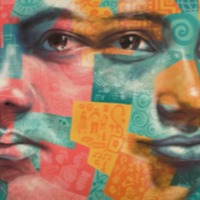
Aamuktha
The Global Slavery Index 2018 estimates that on any given day there were nearly 8 million people living in modern slavery in India. The GSI 2018 reports an emerging trend in northeast India where organised trafficking syndicates operate along the open and unmanned international borders, duping or…
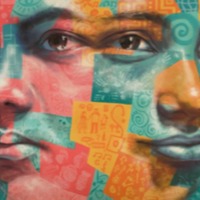
Babita Tharu
There are an estimated 171,000 people living in modern slavery in Nepal. Within Nepal, bonded labour exists in agriculture, brick kilns, the stone-breaking industry, and domestic work. Sex trafficking of Nepali women and girls increasingly takes place in private apartments, rented rooms, guest…
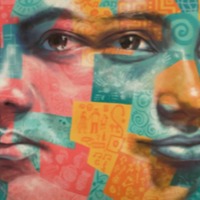
Ramita T.
There are an estimated 171,000 people living in modern slavery in Nepal. Within Nepal, bonded labour exists in agriculture, brick kilns, the stone-breaking industry, and domestic work. Sex trafficking of Nepali women and girls increasingly takes place in private apartments, rented rooms, guest…
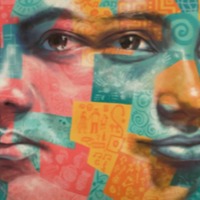
Narendra Chamar
There are an estimated 171,000 people living in modern slavery in Nepal (GSI 2018). Within Nepal, bonded labour exists in agriculture, brick kilns, the stone-breaking industry, and domestic work. Sex trafficking of Nepali women and girls increasingly takes place in private apartments, rented rooms,…
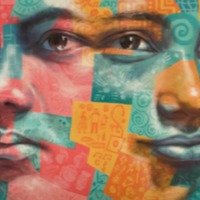
Ashia C
There are an estimated 171,000 people living in modern slavery in Nepal (GSI 2018). Within Nepal, bonded labour exists in agriculture, brick kilns, the stone-breaking industry, and domestic work. Sex trafficking of Nepali women and girls increasingly takes place in private apartments, rented rooms,…
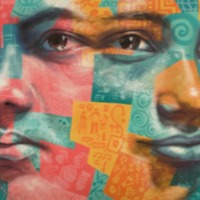
Amirta
Lebanon is a destination for Asian and African women trafficked for the purpose of domestic servitude, and for women from Easter Europe for commercial sexual exploitation. There are estimated 200,000 migrant domestic workers in Lebanon and until 2012, Lebanon was the top country of destination for…
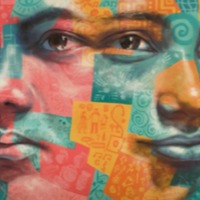
Chantin
There are an estimated 171,000 people living in modern slavery in Nepal. Internal trafficking is significant in Nepal. Girls are trafficked internally for forced labour, sexual exploitation and forced marriage. A significant number of girls are estimated to be trafficked for sexual exploitation in…
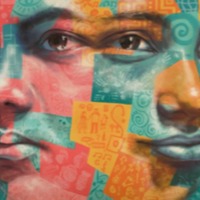
Soneeya
There are an estimated 171,000 people living in modern slavery in Nepal. Internal trafficking is significant in Nepal. Girls are trafficked internally for forced labour, sexual exploitation and forced marriage. A significant number of girls are estimated to be trafficked for sexual exploitation in…
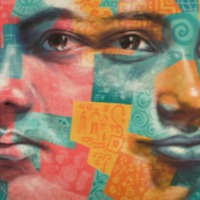
Alisha A
There are an estimated 171,000 people living in modern slavery in Nepal. Within Nepal, bonded labour exists in agriculture, brick kilns, the stone-breaking industry, and domestic work. Sex trafficking of Nepali women and girls increasingly takes place in private apartments, rented rooms, guest…
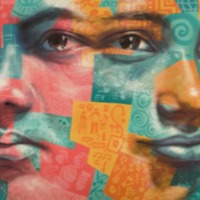
Nasreen Sheikh
There are an estimated 171,000 people living in modern slavery in Nepal (GSI 2018). Within Nepal, bonded labour exists in agriculture, brick kilns, the stone-breaking industry, and domestic work. Sex trafficking of Nepali women and girls increasingly takes place in private apartments, rented rooms,…
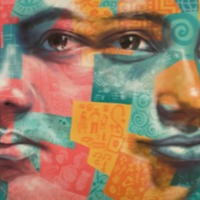
Nasreen Sheikh
There are an estimated almost 8 million people living in modern slavery in India (GSI 2018). India has a population of more than 1.3 billion people, there are still at least 270 million people living on less than US$1.90 per day. While laws, systems and attitudes regarding key 'fault lines' such as…
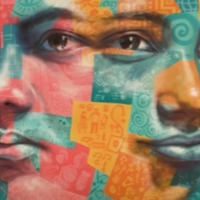
Hem Moktan
There are an estimated 171,000 people living in modern slavery in Nepal (GSI 2018). Within Nepal, bonded labour exists in agriculture, brick kilns, the stone-breaking industry, and domestic work. Sex trafficking of Nepali women and girls increasingly takes place in private apartments, rented rooms,…
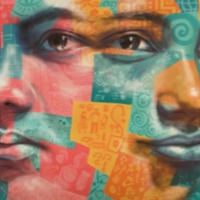
Rakesh
There are an estimated 171,000 people living in modern slavery in Nepal (GSI 2018). Within Nepal, bonded labour exists in agriculture, brick kilns, the stone-breaking industry, and domestic work. Sex trafficking of Nepali women and girls increasingly takes place in private apartments, rented rooms,…
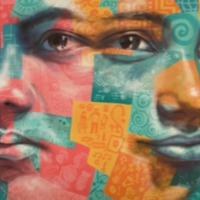
Rabi
There are an estimated 212,000 people living in modern slavery in Malaysia (GSI 2018). The majority of those exploited are migrant and undocumented workers in the country. Foreign workers constitute more than 20 percent of the Malaysian workforce and typically migrate voluntarily—often…
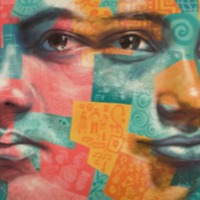
Srijan
There are an estimated 212,000 people living in modern slavery in Malaysia (GSI 2018). The majority of those exploited are migrant and undocumented workers in the country. Foreign workers constitute more than 20 percent of the Malaysian workforce and typically migrate voluntarily—often…
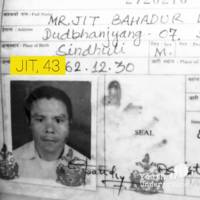
Jit Bahadur Lungeli
There are an estimated 4,000 people living in modern slavery in Qatar (GSI 2018). Qatar is a destination country for men and women subjected to forced labour and, to a much lesser extent, forced prostitution. Men and women from Nepal, India, Pakistan, Bangladesh, the Philippines, Indonesia, Sri…
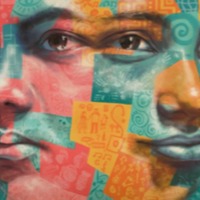
Rajita Atri
There are an estimated 171,000 people living in modern slavery in Nepal. Within Nepal, bonded labour exists in agriculture, brick kilns, the stone-breaking industry, and domestic work. Sex trafficking of Nepali women and girls increasingly takes place in private apartments, rented rooms, guest…